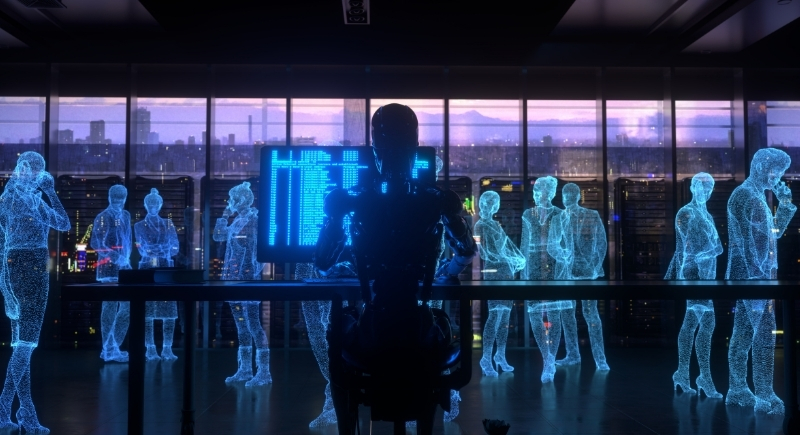Netflix Taps Generative AI to Speed Up Scene Creation in Original Series
Netflix is using generative AI in interesting ways, and it has changed how the company makes big visual effects. During its second-quarter earnings call, Co-CEO Ted Sarandos revealed that the streaming giant used AI to create a key sequence in its Argentine sci-fi series “The Eternaut.”
The story follows survivors of a toxic snowfall, and one dramatic moment shows a building collapse in Buenos Aires. Instead of traditional effects, Netflix’s internal team partnered with outside producers to pull it off using AI, and this is the first time final generative AI footage has been used in a Netflix original.
Sarandos explained that the approach gave the team results about ten times faster than normal workflows while staying within budget. Without AI, the scene simply wouldn’t have been possible for a show with modest funding. He stressed that this wasn’t about pushing people out of work but about giving them stronger tools. Creators, he said, were excited by how much more they could achieve with the technology.
The Controversy Around AI In Entertainment

Image via Getty Images/XH4D
However, not everyone is celebrating this success. Generative AI remains a touchy subject in Hollywood, especially since it was one of the sticking points during the 2023 writers’ and actors’ strikes. Unions like SAG-AFTRA argued for clearer protections against the misuse of AI, and over 400 artists, including Cate Blanchett and Ben Stiller, signed a letter calling for safeguards on how creative work is used to train models. Critics worry that the technology not only risks replacing jobs but also raises questions about consent and copyright.
Filmmakers have voiced similar concerns. Tyler Perry paused an $800 million studio expansion in 2024, citing worries about the rise of AI video. Meanwhile, the release of tools like OpenAI’s Sora showed just how quickly AI can produce convincing footage from text prompts.
A Tool For Creators, Not A Replacement
Sarandos has pushed back on the fear that AI will replace people. He frames it as a way to expand creative options. He noted that production teams are already using it for pre-visualization and shot planning, while Co-CEO Greg Peters highlighted other applications beyond filmmaking. Netflix is integrating AI into its personalization features and ad targeting and is also developing an AI-powered search tool. Later this year, the company also plans to launch interactive ads powered by the technology.
Industry voices suggest the change was inevitable. Davier Yoon of Singapore’s CraveFX said it makes sense for Netflix to lean into AI, as it lets smaller studios compete with blockbuster visuals. He emphasized that while AI can generate imagery, it’s the artist who decides the final look. In his view, the technology lowers barriers without stripping away human creativity.
Strong Results And Global Growth

Image via Canva/Casiana Malaia’s Images
Netflix made the AI announcement alongside strong financial results. The company reported $11.08 billion in revenue for the quarter, up 16% from last year, with profits reaching $3.13 billion. A significant driver was the third and final season of “Squid Game,” which garnered 122 million views. Overall, viewers watched more than 95 billion hours of Netflix during the first half of 2025, with one-third of that coming from non-English titles like “The Eternaut.”
Competition, however, is heating up. Sarandos admitted that YouTube has become Netflix’s main rival. Nielsen reported that YouTube accounted for 12.5% of U.S. TV viewing in May, compared with Netflix’s 7.5%. With YouTube creators moving into long-form storytelling and Netflix collaborating with them, both platforms are fighting for the same living room screen.
Netflix’s decision to bring generative AI into its production workflow might be controversial, but the company clearly sees it as a way to balance costs, boost speed, and keep pace with rivals. The conversation around AI in Hollywood is far from over, yet Netflix is betting that smart use of the technology will help it keep audiences watching.